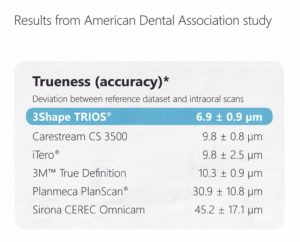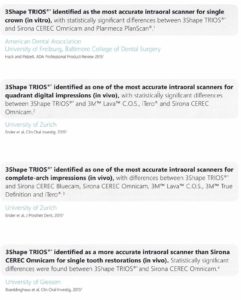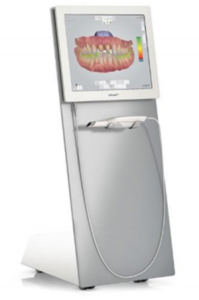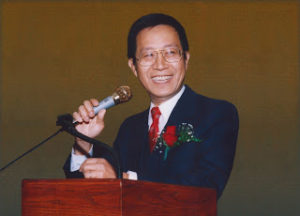
February 3rd, 2017
Last night at around 8:00 pm, I sat at my desk in my group practice, looking at a pile of about 50 patient charts that I needed to finish up. I was thinking, how in the world was a going to write the closing eulogy for my dad’s funeral, taking place tomorrow? My thoughts were interrupted with the beeping of my cell phone. I looked down on my screen and saw that my sister, Serena, had sent me a text with a copy of her speech. My sister has always been the better writer in our family. Seeing how incredible her eulogy was made me feel proud, but at the same time, it made me apprehensive because I knew I would have to follow. Then as I scrolled further down my phone, I saw that Serena was trying to help me, by writing a rough draft of my closing eulogy. If Dad was with me last night; I could already imagine the look on his face – frowning down at me for trying to find the easy way out. That thought was all the encouragement I needed to throw out my sister’s draft and get to work.
Today, this morning on the day of the funeral, I was contemplating about what to say, while driving in the rain to a job site to pump and work on a feasibility plan to re-route or replace some septic tanks. It was ironic because when I was a kid, I remember my dad telling me, “You better work hard or you’ll be a garbage man.” I hope Dad would not be disappointed that this was one of those rare times that I proved him wrong. I was indeed working very hard … on preparing to oversee and design the septic system for a house. However technically since I was still working with sewage and garbage, I guess I could be misconstrued as a doctor who on his off days worked as a “garbage man.”
My dad’s relationship with me was not one of many words– he didn’t have to say a whole lot to get me going, just a simple look maybe a short statement and that would be enough. My father was a great man backed by an overwhelming number of accomplishments and yet he refused to accept his own greatness. To this day, I still remember the time he was helping me with my High School AP Physics class homework. He had come back from work late at night, had a small dinner and at around 11:00 PM, he was trying to teach me how to go about solving a complicated physics problem, without actually doing the work for me. I was frustrated and said something to the effect of, “I can’t do it on my own, I’m not smart like you.” There was an immediate pause as my dad lowered his head ever so slightly, looked directly up at me. Letting his glasses slide just barely down the bridge of his nose, he used those stern eyes to erase my last words. He then told me that he was not a very smart man, that he had above average intelligence and that he was only able to get by in life because he worked hard. As he said those very words, I looked up at the wall to see his PHD, various Masters degrees and other accolades. My dad had so many awards and patents that there was literally a pile of plaques stacked next to him because there was not enough wall space to hang everything. I think my dad was right; he was not a “smart man” … he was a genius.
In regards to that physics homework that he helped me with; well a problem similar to that appeared later when I attended college. I was sleeping and snoring obnoxiously loud in a chair during one my physics lecture at USC. This particular physics professor had a habit of embarrassing disruptive students. So he threw an eraser at me, to wake me up. The professor then told me to come up to the front and solve a difficult question on the board. So I got up, strode confidently to the front of the class and in my head I thanked my dad. I took that marker and with no hesitation, I solved that physics problem with ease. Afterwards, as I went to sit back down, most of the class went silent with astonishment – except of course for my friends, who were laughing and trying to high five me – they said something like, “Holy [blank], you are one smart [blank].” I just shook my head in denial and said, “I’m not smart, I just had a genius teacher.”
Fast forward to only a few weeks ago. I still remember when Dad was laying in his bed, fighting against all his ailments with more strength and courage than I could ever imagine. That day his mantra of telling me to work hard had changed. While by his bed side, he told me to not work as hard as him because life was short. Behind that simple statement, I knew he meant that he wished he could have spent more time with us as family, instead of always being out all day, working so hard to provide for us. In his final days at the hospital, the doctors were amazed that even though Dad looked deceivingly frail, he was incredibly strong and continued to fight, working hard for every breath … until the very end.
Dad would be extremely uncomfortable with all of us sharing these remarkable things about him. So, as we say goodbye to him, please remember the things we love so much about Dad. I know in his afterlife, he would be standing there with that great big smile and he would be so proud to see all the people here, who loved and admired him. I love you, Dad, and I’ll miss you more than any words can say.
Xie xie Fa Shi min, Hui Zhang Shao Yifu, Xiao Ai Yi,
gen Jin Zhong Shehui da hui renmen.
Xie xie dajai bang mang , hai you suoyou da qin qi gen pengyou. Xie Xie nimen lai.
On behalf of my family, I would like to thank everyone for being here today. We appreciate the Buddhist monks, the Amida Society president Uncle Jason Chen and Aunt BT Chen, Amida Society members, our relatives, and friends for spending the time to come out to honor our Dad. Burial services will be held this afternoon after 2:30 PM in my family’s burial grounds, at the Gardens of Contemplation. Thank you again.





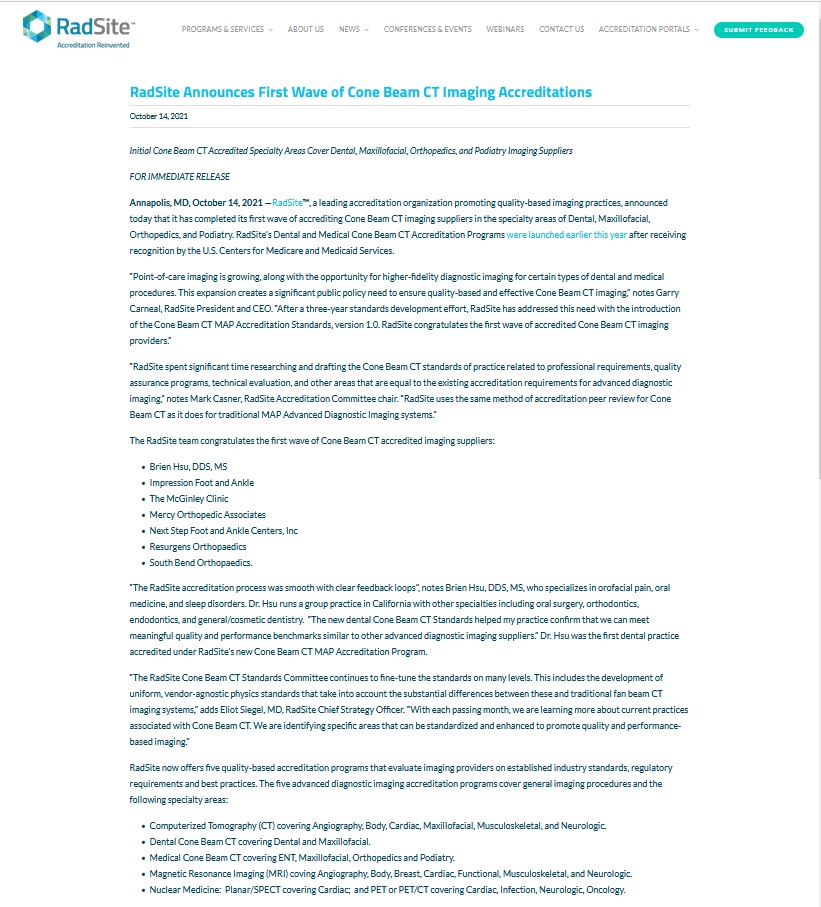
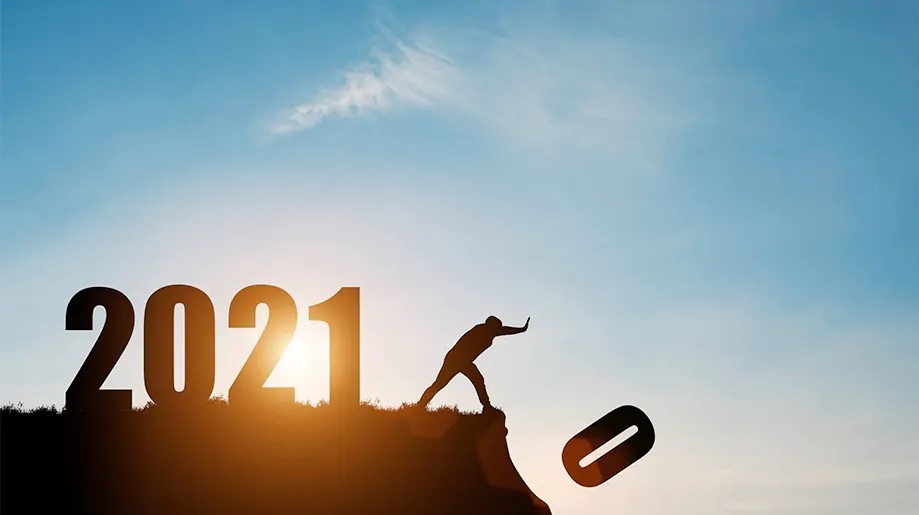 We have all endured and have been trying to overcome a multitude of hardships from 2020 – from protests, to wildfires, earthquakes to of course COVID-19. While we started off 2021 with a historic riot, I think with the advent of the COVID-19 vaccine, there is hope that we may reach the end of the tunnel of our pandemic through herd immunity. Many patients have asked if we plan on being some of the first to take one of the U.S. made vaccines … and if so which one?
We have all endured and have been trying to overcome a multitude of hardships from 2020 – from protests, to wildfires, earthquakes to of course COVID-19. While we started off 2021 with a historic riot, I think with the advent of the COVID-19 vaccine, there is hope that we may reach the end of the tunnel of our pandemic through herd immunity. Many patients have asked if we plan on being some of the first to take one of the U.S. made vaccines … and if so which one?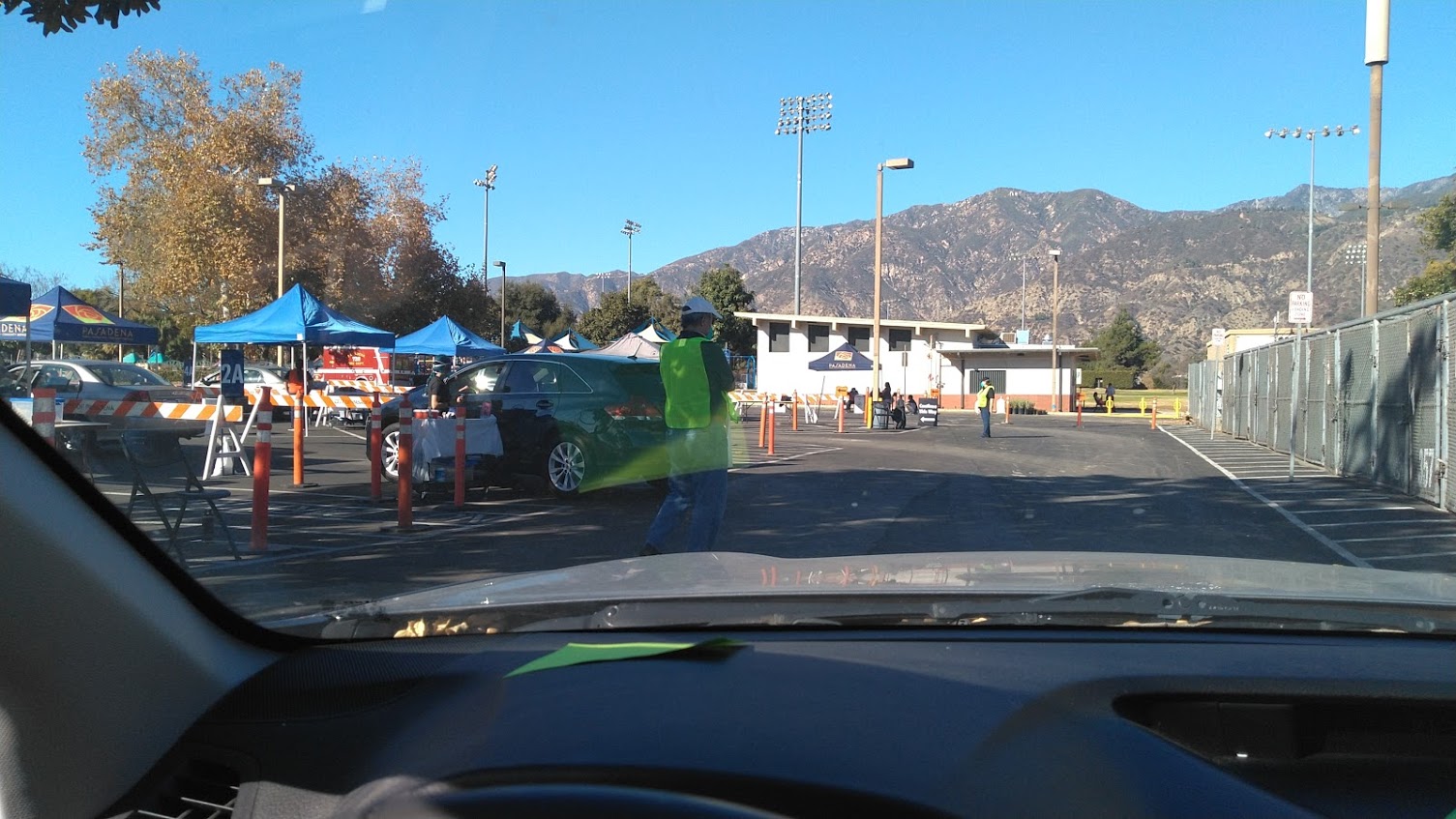 Once I presented my credentials, they asked a few questions and I was given the jab. I was then instructed to park near some medical staff for observation for 15 minutes and released once I reported no side effects.
Once I presented my credentials, they asked a few questions and I was given the jab. I was then instructed to park near some medical staff for observation for 15 minutes and released once I reported no side effects.

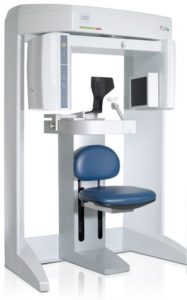 BCT manufacturers know that the award winning i-CAT FLX technology is regarded as the cone beam industry standard. In addition, the i-CAT would allow more detail with less radiation – a scan has a dose equivalent to the average radiation exposed to a person going about their “normal” life in the USA for a few days. However, being the best when it comes to CBCT technology comes with a high cost and we had just paid off our 5-year financing for the Rayscan… Yet I strongly believe that limiting the radiation exposure each patient receives, while giving us the best imaging quality would make this investment well worth it.
BCT manufacturers know that the award winning i-CAT FLX technology is regarded as the cone beam industry standard. In addition, the i-CAT would allow more detail with less radiation – a scan has a dose equivalent to the average radiation exposed to a person going about their “normal” life in the USA for a few days. However, being the best when it comes to CBCT technology comes with a high cost and we had just paid off our 5-year financing for the Rayscan… Yet I strongly believe that limiting the radiation exposure each patient receives, while giving us the best imaging quality would make this investment well worth it.
